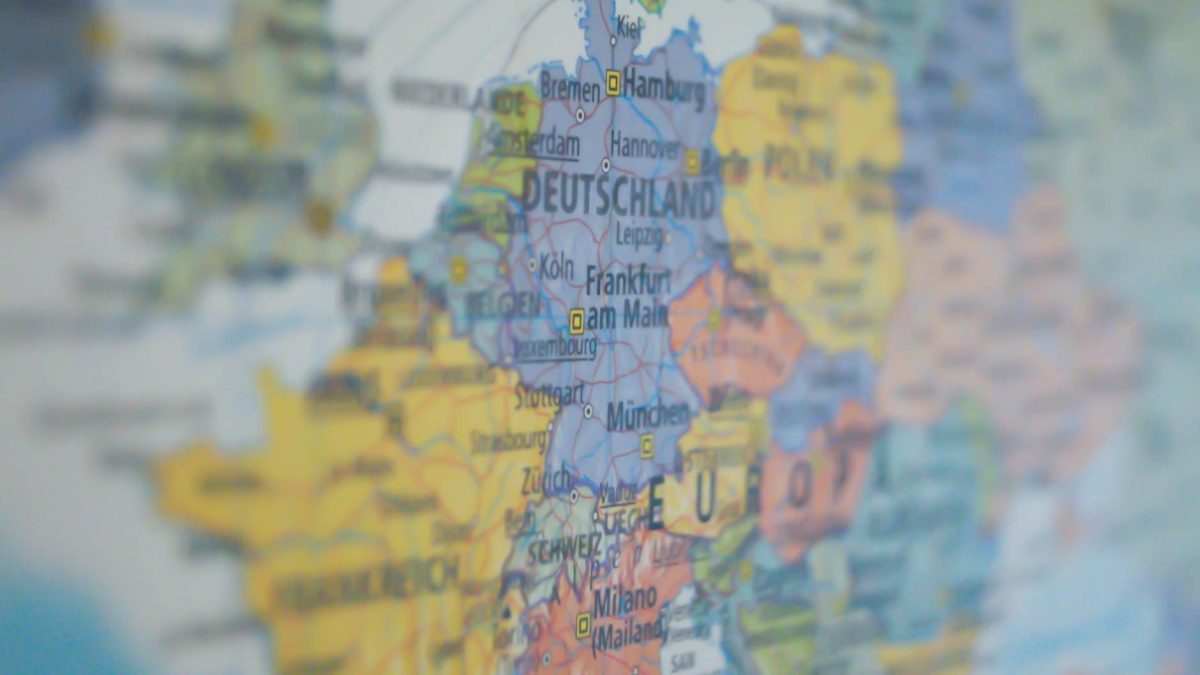We are starting from a new strategic vision at European level, one that was born out of Spain’s own reflection within its rotating presidency of the EU and which has produced a first proposal in April with Enrico Letta’s proposal and, now, with Mario Draghi’s report, and which seeks to strengthen the competitiveness of our economy, especially our industry.
The messages here are clear, the EU is lagging behind in terms of productivity. To quote Mario Draghi’s report here: ‘Europe is entering the first period in modern history in which GDP growth will not be supported by sustained net growth of the labour force’.
The causes of technological backwardness
What are the causes? Fundamentally our lagging behind in the most advanced technologies where there is a significant under-investment compared to our global competitors.
In response, we need to focus industrial policy and the need to boost innovation, the improvement of human capital and, most importantly, the integration of a true Single Market in order to scale up the deployment of new technologies. Enhance the EU’ s Open Strategic Autonomy in areas such as semiconductors, critical raw materials and green transition technologies.
Resilient Digitalisation
And under this umbrella we call Resilient Digitalisation in industry the deep transformation processes that allow us to adapt to the environment, and that will ultimately improve productivity with the incorporation of a broad spectrum of technologies in our manufacturing sector: in order to accelerate automation with advanced robotisation (in the most critical sectors such as automotive), but also an extensive set of digitalisation tools in those sectors with relevant needs (such as traceability in the food sector).
Because we have seen this before: Industry 4.0 was responsible in 2020 for keeping our industries running.
And what challenges will we have now to build this resilient digitalisation?
Now we ask for much more and for this the industry will have to face the following challenges, which basically aim at an opening up, the transition to fully data driven companies where decarbonisation is important, but also improving business competitiveness, thus creating scale in our companies. These are the areas:
Everything is based on OT/IT connectivity and a network architecture, from the Edge to reach the cloud.
There is no doubt about hyperconnectivity. A network that enables maximum visibility of factory processes, hybrid in wireless/wired environments. Here 5G and private networks will play a very important role, as a result of the flexibility required of us, but without neglecting our traditional network environments, as we are not starting from scratch.
The need to break down silos and the availability of data in each of the processes and throughout the organisation.
Legacy platforms did not allow integration between ERP with production MES/MOM systems or with quality or planning systems. We had closed SCADAs that did not allow for evolution because they were closed containers. Of course, there was a complete lack of coordination with the warehouses with paper all over the place. They were fundamentally analogue factories subject to constant human error. Let alone when we wanted to compare processes between factories, it was impossible, because the data was ‘locked’ in the factory.
The challenge is to achieve data that drives our business and allows us to generate exploitation scenarios through, for example, digital twins or collaborative supply chain solutions. And also through tools for sovereign data sharing, such as Sectoral Spaces.
Cybersecurity and business continuity
Cyber-attacks and potential breaches of our systems (not only of physical assets but also of their data) have caused significant economic damage. Many of these fears are what delay the adoption of cloud or IoT solutions, for fear of not having our information in a secure environment.
The solution lies in OT security solutions that often converge with the IT networks themselves. And also in the incorporation of Security Operation Centres oriented to the critical mission of these processes.
People and processes: our industry’s transformation plan
Talent is the word and training in new digital skills or Reskilling existing ones. People must perform higher value tasks, they should not simply be removed from the ‘chain’. Especially individuals with STEM profiles will be valuable in our IT-intensive businesses.
By 2030, Europe will require up to 12 million career transitions, doubling the pre- pandemic rate. In addition, at least 30% of hours worked could be automated by 2030, accelerating the transition. This interesting report from McKinsey explains.
Although technology is not everything, it needs a proper implementation plan: aligned stakeholders, clear communication and definition of projects that bring appropriate value to the company. And a medium to long-term plan with internal leadership, dedicated teams and organisational support for the different initiatives. Without a clear and structured plan, many industrial transitions fail.
Vendors and integrators that can be incorporated into the change process in a guaranteed way.
Finally, partners are an indispensable part of this successful digitalisation process. The challenges here stem from the coordination of multiple solutions, the lack of interoperability between them and the need to build a relationship of trust and create long-term support.
Finding the right vendor is essential, who not only offers you technology (and in as neutral a way as possible), but also has a deep understanding of your processes and your problems. With whom you can ‘co-create’. A partner endowed with the necessary entrepreneurship that can also add value through its own digital ecosystem.
Conclusions
In conclusion, our manufacturing facilities and their value chains will undergo a profound restructuring. New infrastructures are likely to emerge (e.g. in energy environments or in the case of the electrification of the automotive sector) that will have to be rethought under a new paradigm of European collaboration. Built from scratch to incorporate this resilient digitisation.












